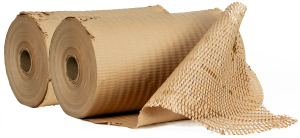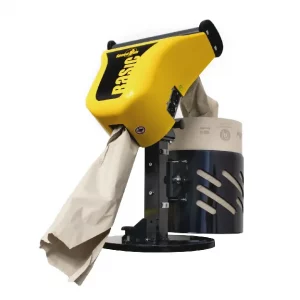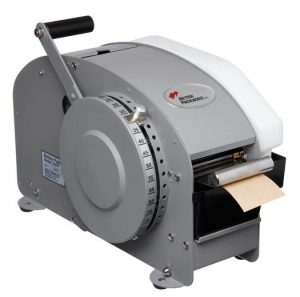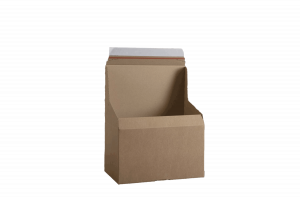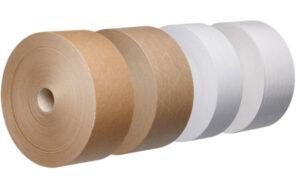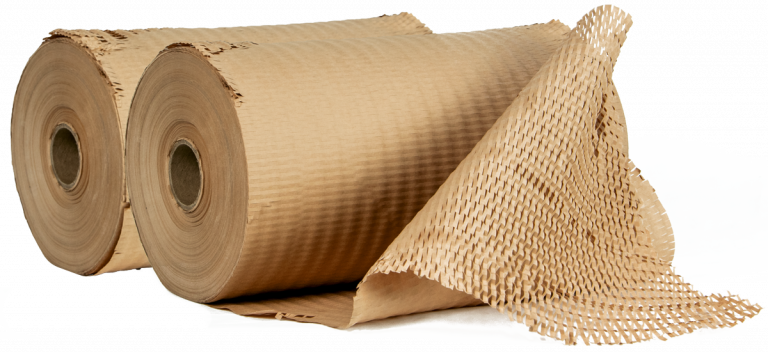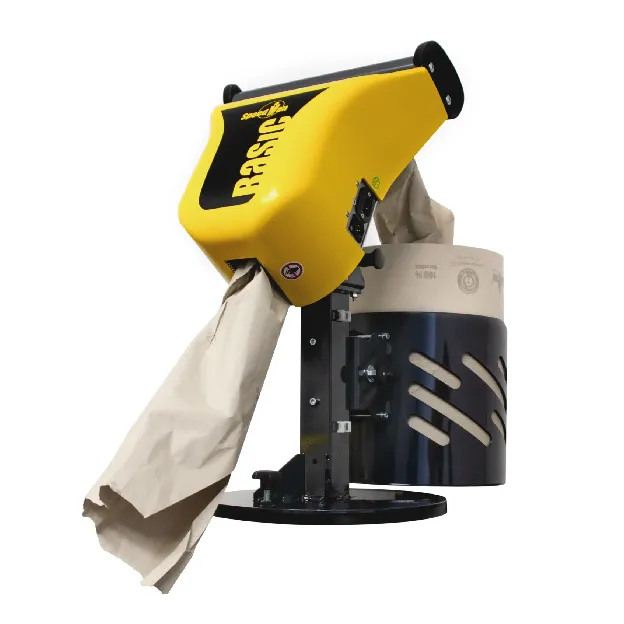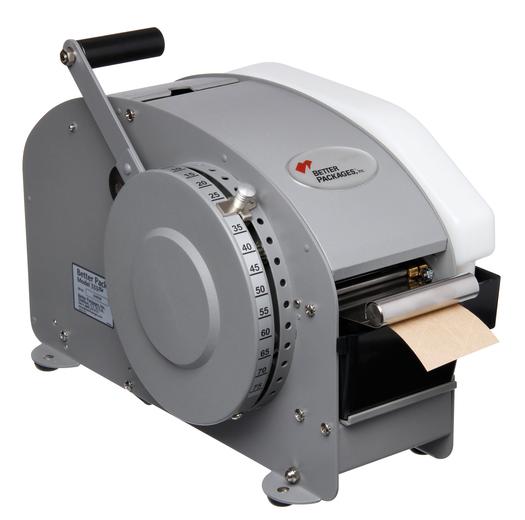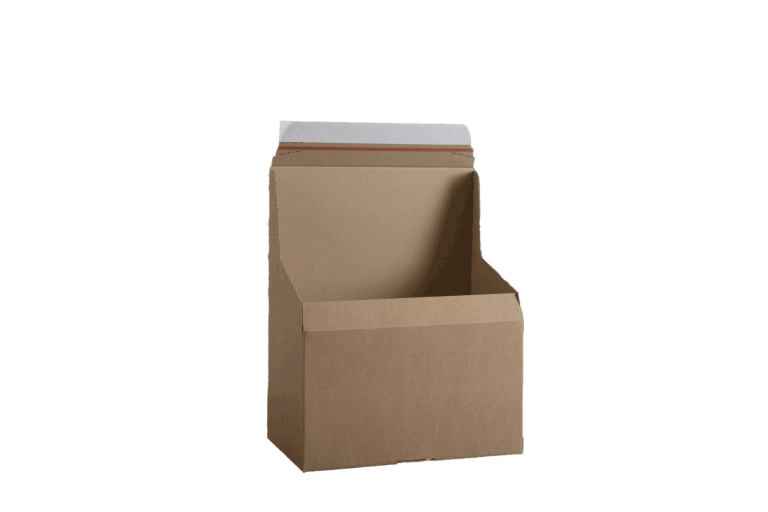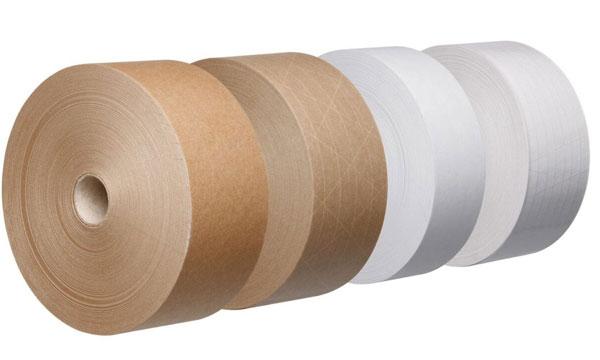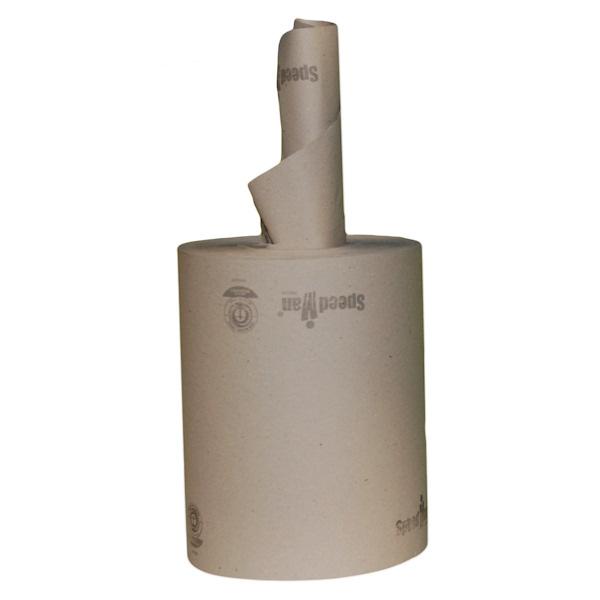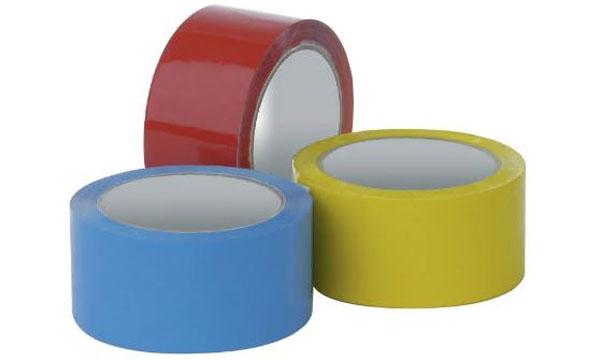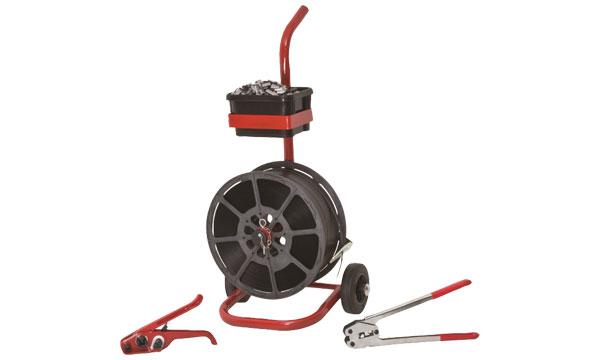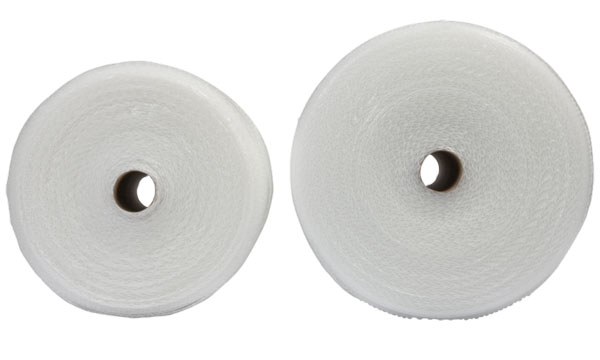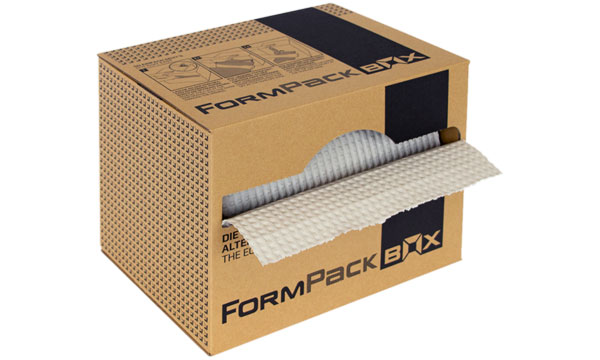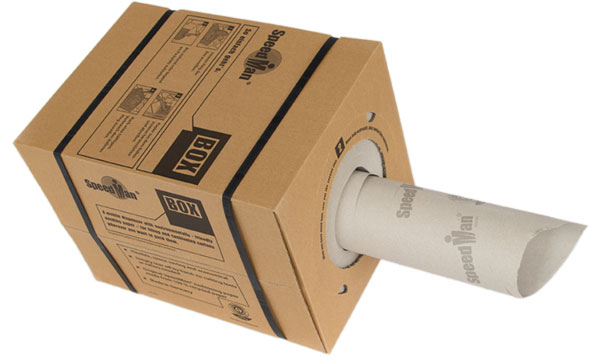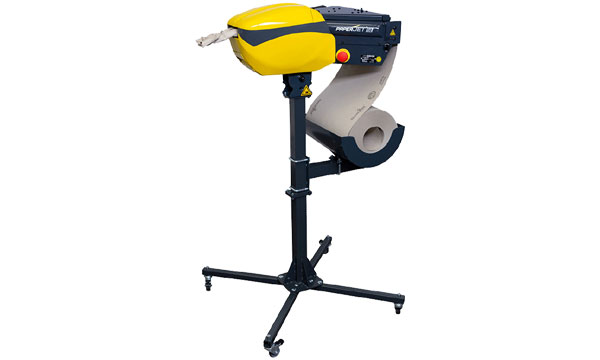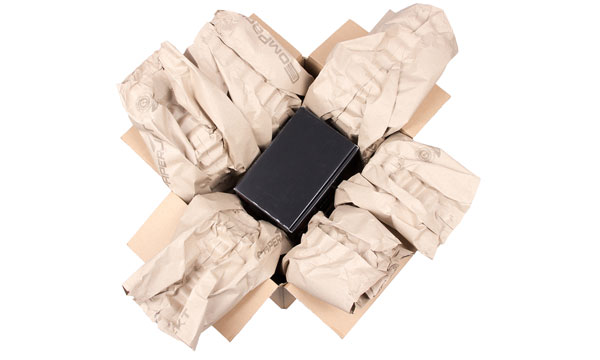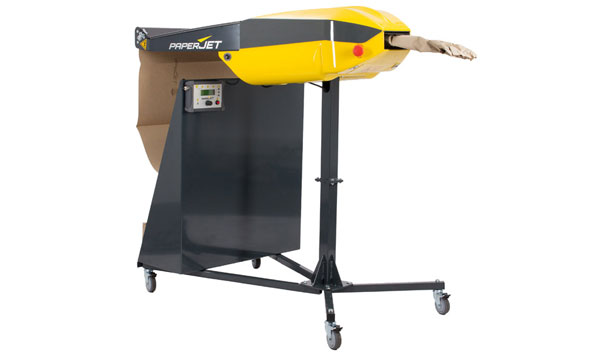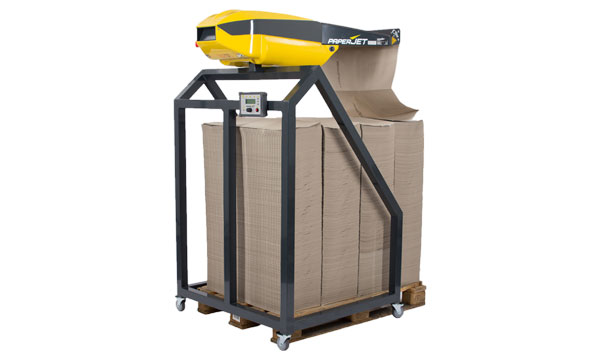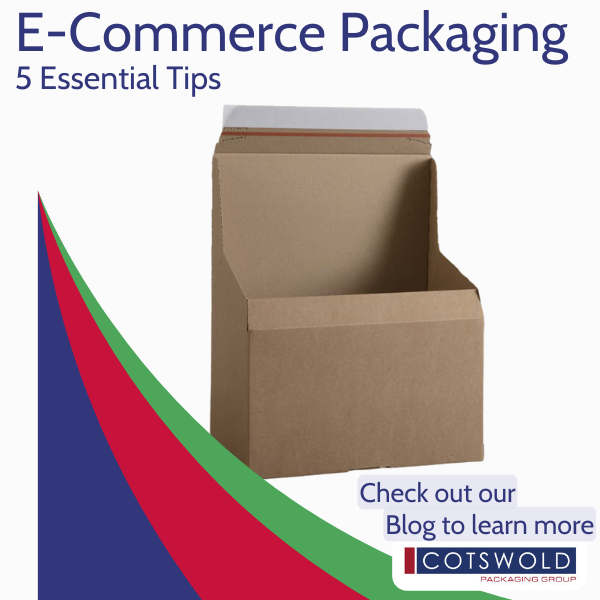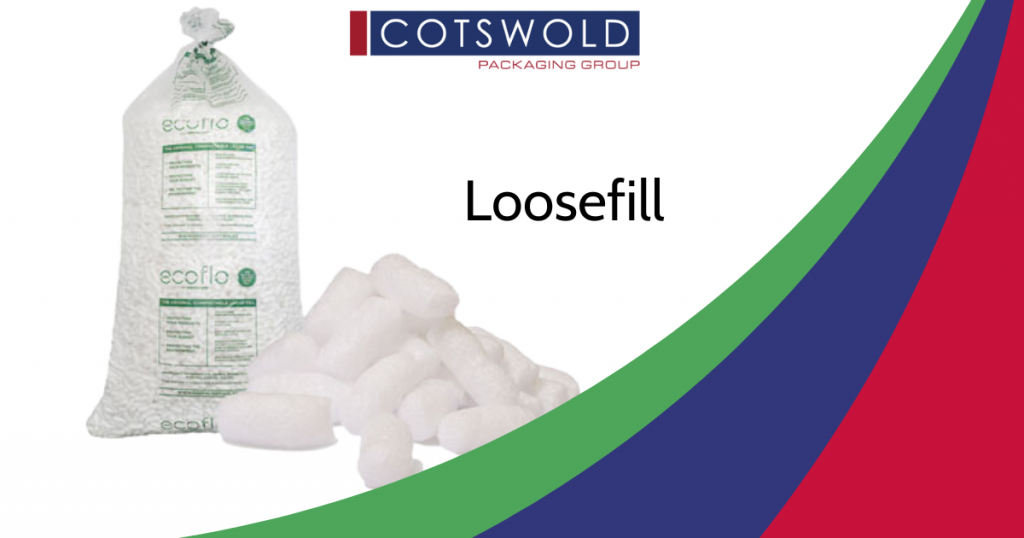
When it comes to shipping products, ensuring that they arrive at their destination intact and undamaged is of utmost importance. One way to prevent products from getting damaged during transportation is by using void-fill. Void-fill refers to the material used to fill up empty spaces within a package, preventing the product from shifting or moving around. There are various types of void-fill materials available, each with its own unique properties and benefits. In this blog, we’ll explore the importance of void-fill, the different types of materials and how to minimise waste.
Importance of Void-Fill
- Protects products during transit: Void-fill helps prevent products from getting damaged or broken during shipping by filling up any empty spaces and keeping the product securely in place.
- Improves customer satisfaction: Customers appreciate receiving products that are well-packaged and arrive in good condition. Proper use of void-fill can help ensure that products arrive safely and undamaged, leading to increased customer satisfaction.
- Enhances brand image: A well-packaged product can leave a lasting impression on customers and contribute to a positive brand image.
- Provides versatility: There are various types of void-fill materials available, making it easy to choose the right material for the specific product being shipped.
- Reduces environmental impact: Many types of void-fill materials are recyclable, biodegradable, or made from recycled materials, reducing the environmental impact of shipping and packaging. Less breakages also mean less waste of sending replacements and less need for courier fuel.
- Minimises returns and refunds: Products that arrive damaged during shipping often result in returns and refunds, which can be time-consuming and costly for businesses. Returns also mean more of an environmental impact. Using void fill can help reduce the likelihood of products getting damaged during shipping, leading to fewer returns and refunds.
- Protects against shifting and vibration: During shipping, packages can experience various types of movement, such as vibrations or sudden jolts. Proper use of void fill can help cushion and protect products against these movements.
Types of Void-Fill
- Bubble Wrap: Bubble wrap is a lightweight and flexible void-fill material that consists of small bubbles filled with air. It is easy to use and provides good cushioning and protection against shock and vibration. At Cotswold, all our bubble wrap includes at least 30% recycled content.
- Air Pillows: Air pillows are inflatable plastic cushions that can be used as void-fill material. They are lightweight, reusable, and easy to use, making them a popular choice for many businesses. They are also produced using a minimum of 30% recycled content, often more.
- Paper: Paper void-fill materials are eco-friendly options that are made from recycled materials. They provide good cushioning and protection against shock and vibration. SpeedMan and PaperJet papers are made from 100% recycled paper. These options are becoming increasingly popular as more businesses look for sustainable options. Consumers are proven to prefer seeing their products in cardboard and paper packaging. Paper is also easy for consumers to recycle.
- Packing Peanuts/Loosefill: Packing peanuts are small, lightweight pellets that can be used as void-fill material. At Cotswold, our loosefill peanuts are made from starch making them biodegradable. They provide good cushioning and protection but can be messy and difficult to dispose of.
The choice of void fill material depends on various factors such as the product being shipped, the weight of the product, and the level of protection required. It’s important to choose the right void-fill material to ensure that the product arrives safely and undamaged.
But Remember…
Although void-fill is essential for many businesses to ship products, it’s important to use only the necessary amount. How many times have you had a parcel delivered that could have used half the packaging? I think all of us have been shocked by the amount of wasted packaging some companies use. So how can you use void-fill responsibly?
- Use the smallest box possible: The smaller the box, the less space there is for the product to move. Therefore, you will need less void-fill to protect your goods. This will reduce waste and impress the end consumer. It also reduces courier costs. It is so important not to over-pack!
- Use eco-friendly options: As discussed above, using options like recycled paper as void-fill makes your packaging sustainable. Consumers are now tending to prefer paper than plastic. So using paper is always a win, especially SpeedMan and PaperJet where the paper is 100% recycled. In cases where plastic is needed, use options that are made from recycled content.
SpeedMan Classic Paper System
There are many different types of void-filling paper systems but in this blog article, we will focus on the SpeedMan Classic Paper System. SpeedMan Classic is a small and simple void-filling paper system. SpeedMan paper is made from 100% recycled paper.
If you’re looking for a practical and eco-friendly solution to your packaging needs, the SpeedMan Classic might be just what you need. This manual filling system, produced by Papier Sprick, is part of the SpeedMan family of paper-based void fill systems. It’s designed to make your packing process more efficient, ergonomic and environmentally friendly. With the SpeedMan Classic, you can adjust the dispenser to your packing station and work in a comfortable position, packing the filling material directly into the carton. The system is easy to operate and requires no power or maintenance, which means you can use it all day, every day, without interruptions.
The SpeedMan Classic is powered by Blue Angel award-winning paper, made from 100% recycled paper. One roll of SpeedMan paper can achieve a filling volume equivalent to approximately 70 times the original volume, saving you storage space and packaging costs. The paper is also recyclable, making it an excellent choice for businesses looking to reduce their environmental footprint.
By using the SpeedMan Classic, you’ll also be doing your part to preserve our forests and waters. The consistent use of 100% recycled paper saves over 70% of the water, 60% of the energy, and 100% of the wood required for virgin fibre paper production.
Overall, the SpeedMan Classic is a versatile, eco-friendly, and cost-effective solution for your packaging needs. Its ergonomic design, ease of use, and minimal environmental impact make it an ideal choice for small and medium-sized businesses. Plus, with different stands available, it can be adapted to your specific packing station..
In this blog, we discussed the concept of void fill, which is a material used to fill the empty spaces in a package to protect the contents during shipping. We then explored the importance of void fill and how it can save businesses money and protect their products during transportation. We also looked at different types of void-fill and how to use it effectively. Finally, we discussed the SpeedMan Classic, a manual filling system that is part of the SpeedMan family of paper-based void fill systems. If anything in this post caught your attention, contact us today. We will be happy to help!






